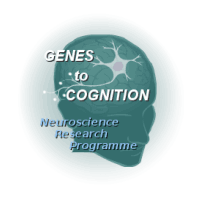Introduction
- Synapses are the specialized junctions between nerve cells and play a fundamental role in the organization of brain circuits and behaviour. A hallmark of synapses is their complexity in numbers and molecular composition.
- Synaptome refers to the complement or catalog of synapse types in the brain and a Synaptome map describes the anatomical distribution of synapse types.
- We have developed a new approach to mapping the molecular composition of individual synapses in the whole mouse brain and thereby generate synapse catalogs and synaptome maps.



